An Ancient Ocean Floor With Mountains Larger Than Everest Could be Encasing the Earth’s Core
Despite the Earth’s millions of years of existence, much about our green and blue marble remains unknown, including one of its biggest mysteries: the planet’s core.
While many movies and shows have depicted a rag-tag team of the smartest people on the planet embarking on a journey to the center of the Earth to save us all, we know little about the core itself. However, a new study suggests that an ocean may be protecting the planet’s hot, dense center.
An Ancient Ocean Around Earth’s Core
The study led by a professor of geological sciences at the University of Alabama suggests that an ancient ocean floor could encase the Earth’s core.
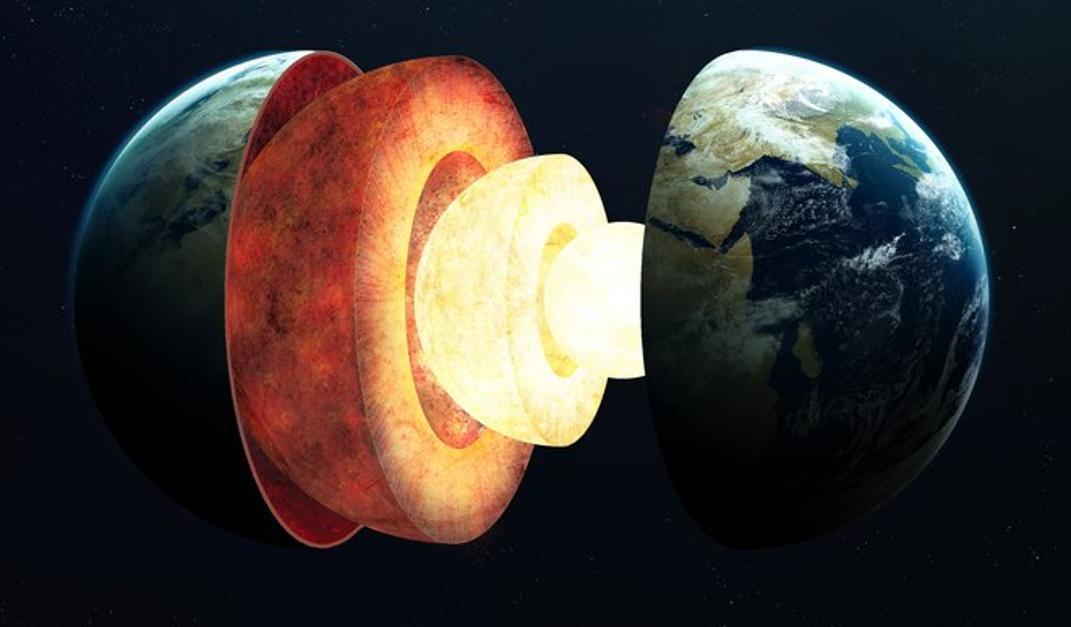
Source: Freepik
This ancient ocean also contains giant mountains that are five times the size of Mount Everest, Earth’s highest mountain above sea level.
The Discovery of This Theory
Researchers discovered this theory after creating the most detailed map to date of the planet’s layers. While this ancient ocean has not yet been confirmed as real, it is believed that this ocean floor acts almost like a blanket to the hot core.

Source: Freepik
This theory builds on the understanding that the ball-shaped core lies beneath a cool, brittle crust that is mostly solid.
The Shifting Environment
This area between the mantle and the core has long confused scientists. Conditions at this layer, located about 2,000 miles under the Earth’s surface, shift dramatically.
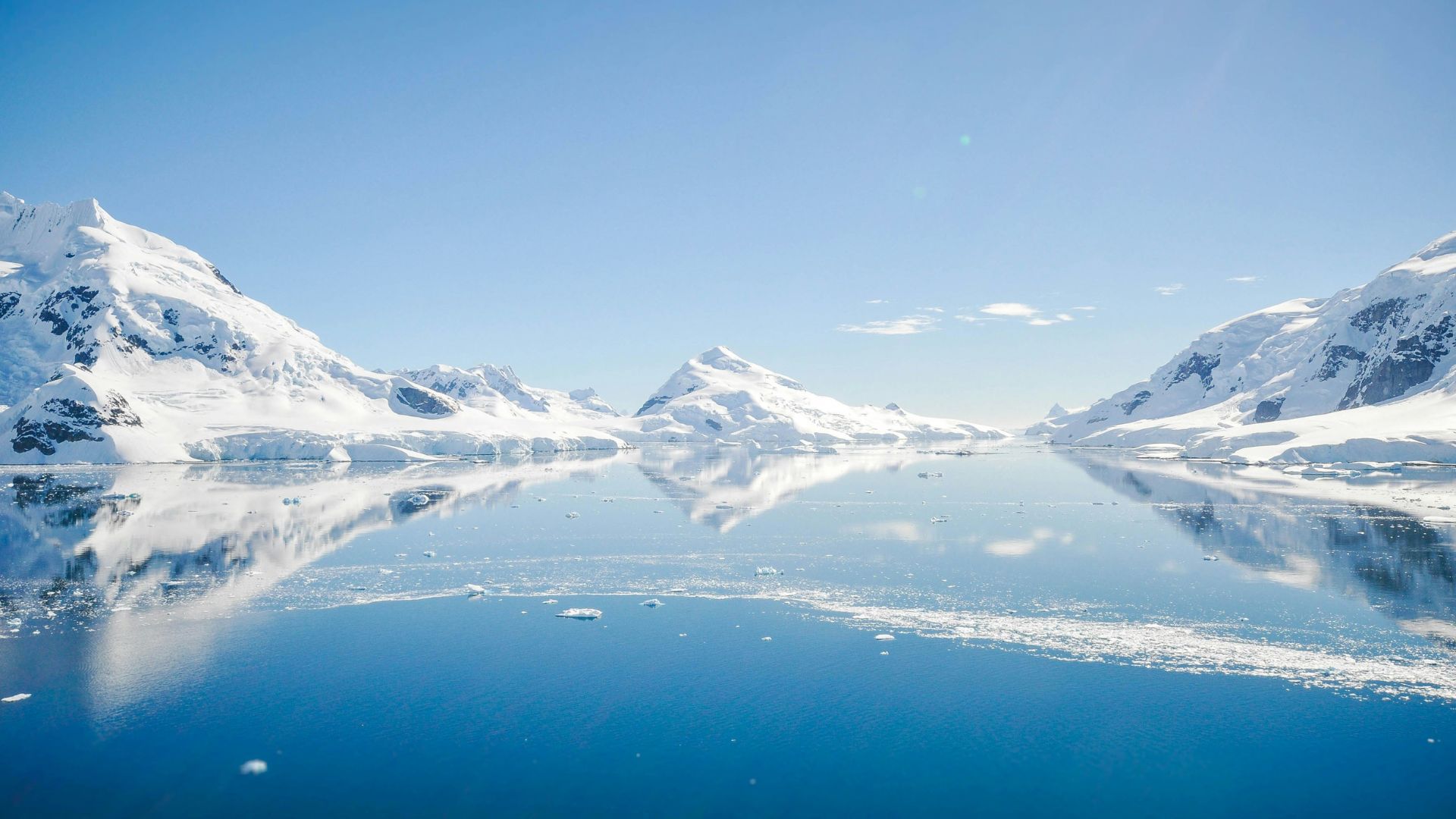
Source: henrique setim/Unsplash
At times, temperatures can abruptly rise, causing the rock composition to transition suddenly from a solid bulk of rock to a gooey iron sludge. To further understand what causes these changes, scientists studied seismic waves.
The Importance of Seismic Waves
Seismic waves are caused by the sudden movement of materials within the Earth, such as a slip along a fault line, which can cause earthquakes, volcanic eruptions, landslides, and avalanches. These waves can also provide us with information about the Earth’s structure.
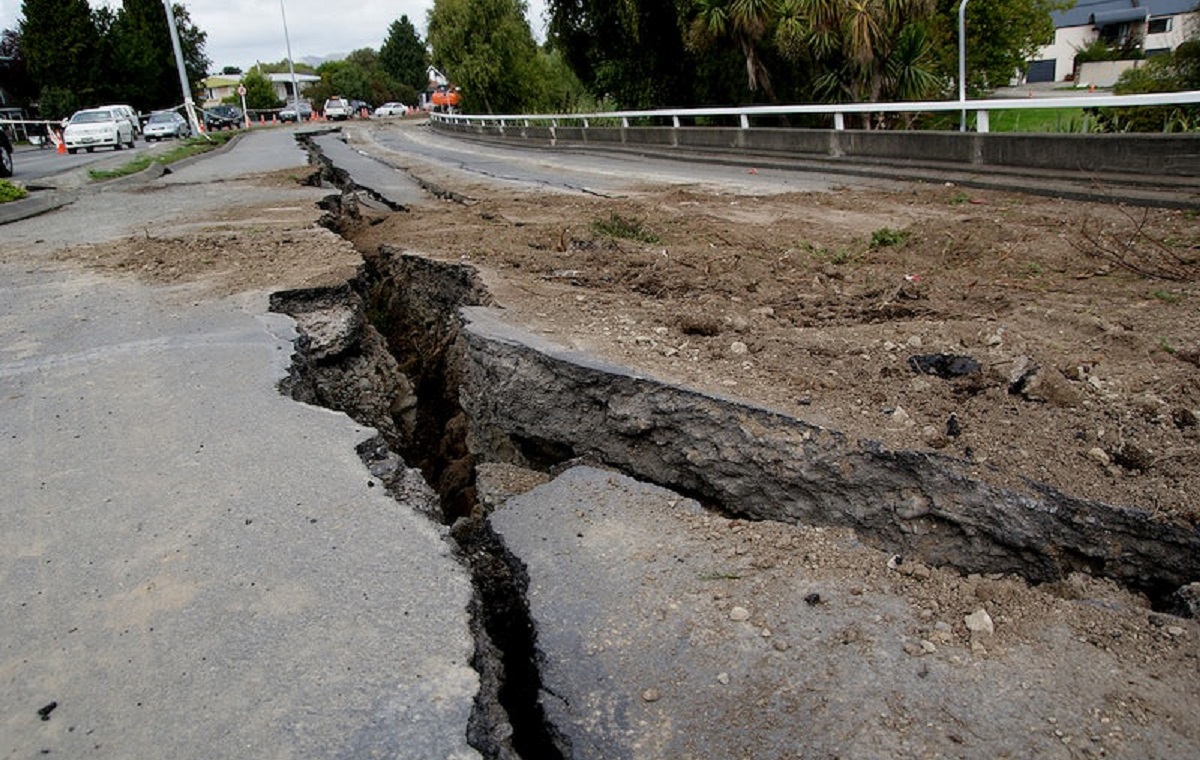
Source: Rawpixel
“Admittedly, to most people, seismic data is probably not that interesting to look at. It is a wiggly line that varies with time. But that wiggly line contains an amazing amount of information!” Samantha Hansen, the study’s lead author, told Business Insider.
Finding the Source of Ultra-Low Velocity Zones
While scientists have identified areas of ultra-low velocity zones—spots where seismic waves slow down without a known cause—near the core-mantle boundary, they have only discovered patches of this unknown structure.

Source: Wikimedia
The team headed to Antarctica to determine the extent of the ultra-low velocity zones and understand what causes their slowdown.
More Than Believed
Working at 15 stations across the icy continent with seismic equipment, the team collected data for three years and discovered that seismic waves were more widespread than previously believed.

Source: Wikimedia
Hansen noted that the increase in these ultra-low velocity zones was present “over a significant portion of the southern hemisphere,” suggesting that this layer envelops the entire core.
Creating a Detailed Map
Through 3D modeling, the team was able to understand the possible appearance of this layer. According to the study, the layer was likely formed by recycling bits of an ancient ocean floor over centuries.

Source: Magda Ehlers/Pexels
As tectonic plates stretched and rubbed together, they pushed down fragments of the ancient ocean floor to create this encasing layer around the core.
Creating a Case Around the Results
“As the results came together–both from the seismic work and the geodynamic models–it was quite exciting to see the similarities between them,” Hansen said.
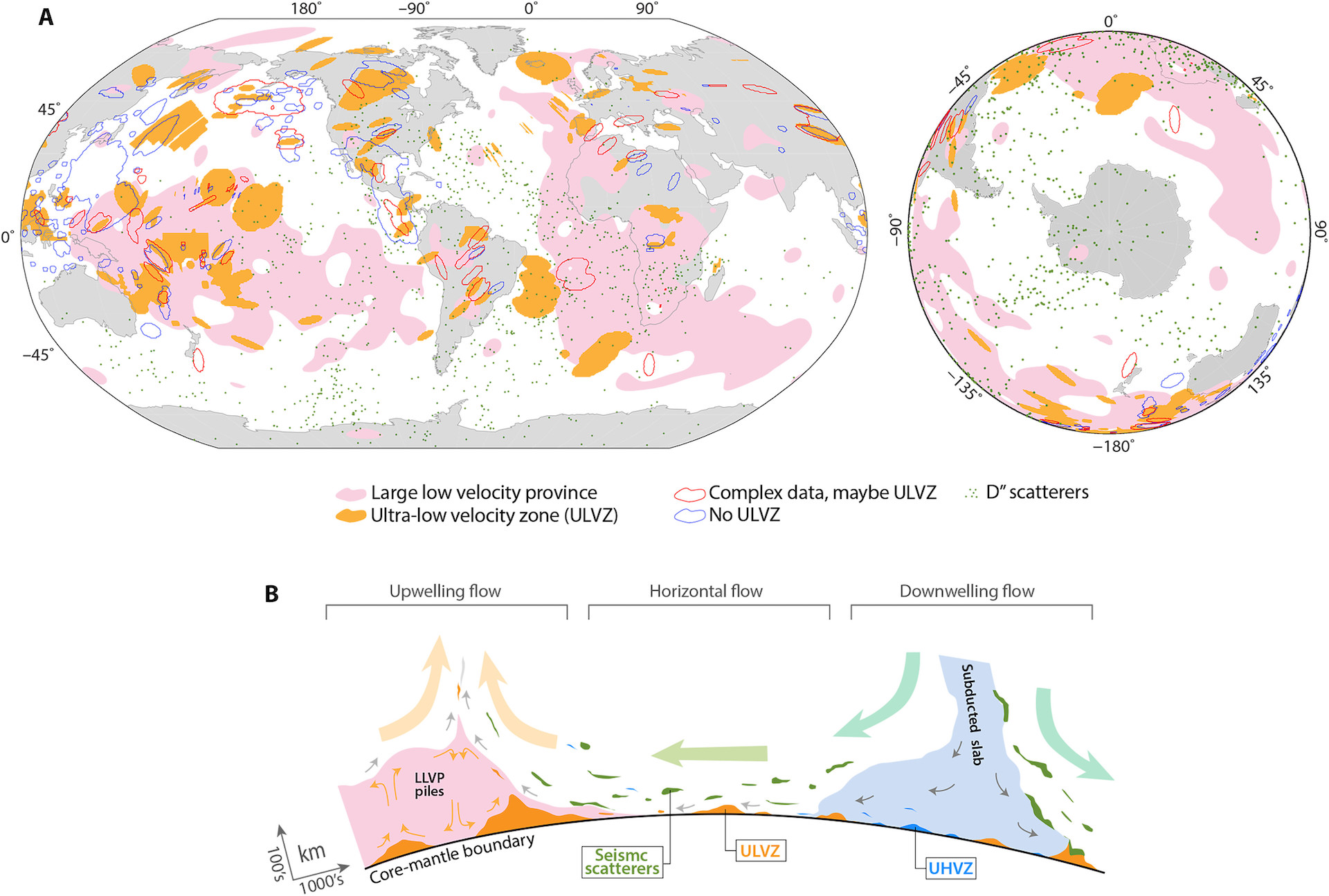
Source: Science
“Together, they make a compelling case for subducted oceanic materials being the main source of ULVZs.”
But Why the Ocean Floor?
The ocean floor is a great candidate to make up this layer of Earth, according to Hansen, since it is very dense. The density of the floor means that it is heavy enough to sink through the mantle, adapting to the climate to become heat resistant.

Source: Emiliano Arano/Pexels
“By having this additional layer blanketing the core, the heat won’t be able to escape as easily/readily,” Hansen said.
Understanding the Core Is Important
Understanding how heat moves around and escapes from the core is crucial to maintaining the integrity of Earth’s structure. The core’s temperature variations determine the locations of mantle plumes,” according to Hansen, and also influence Earth’s magnetic field.
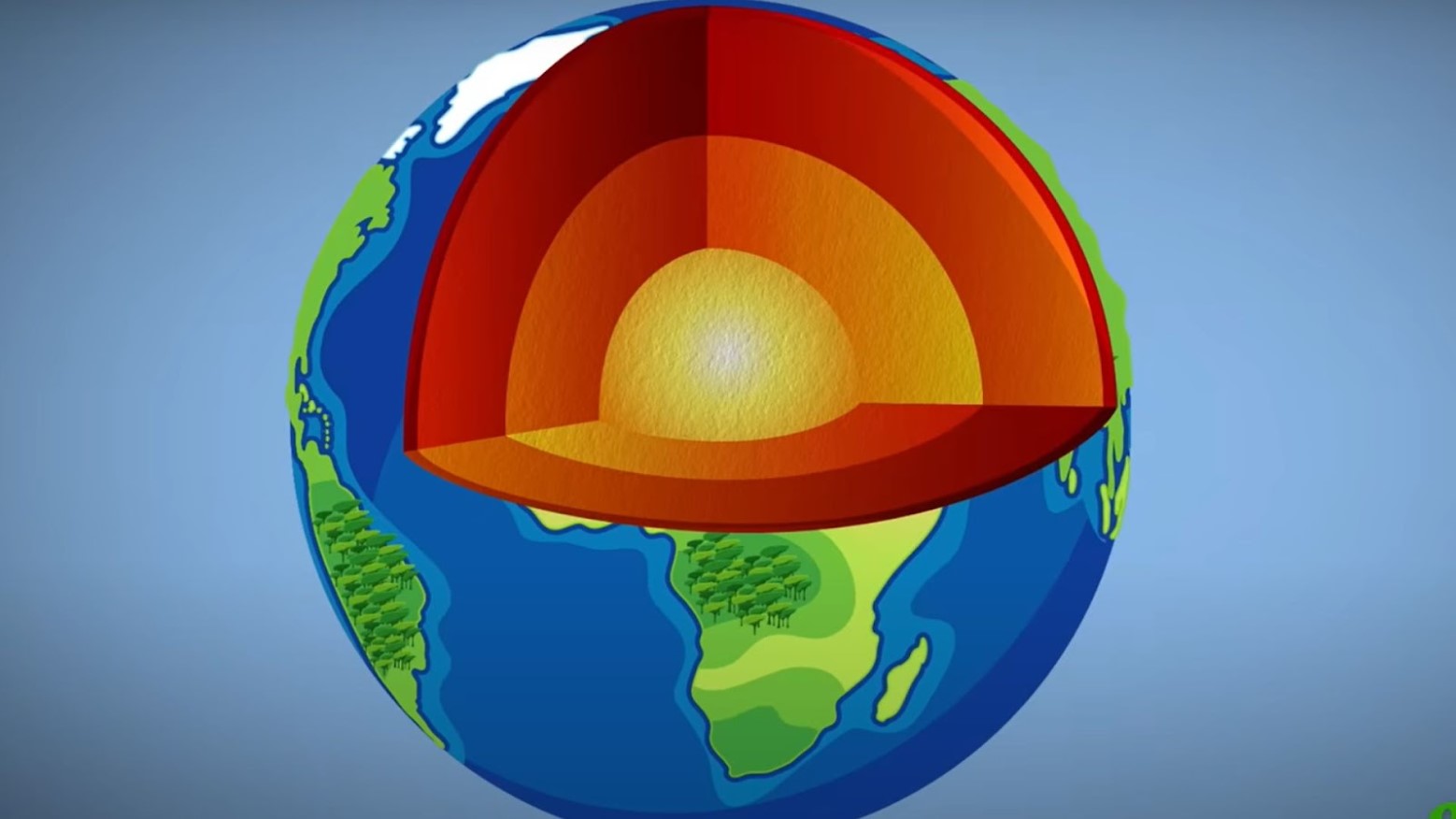
Source: SciShow/YouTube
For those delving into Earth’s formation history, the core holds the earliest records of the planet’s existence.
Other Theories Around the Research
Some scientists already suggest that another unknown source could cause the ultra-low velocity zones, though this research still needs review and testing to verify the theory.

Source: Freepik
Others believe that the unusual data observed at the boundary is due to a specific state of melting that we don’t fully understand yet.
